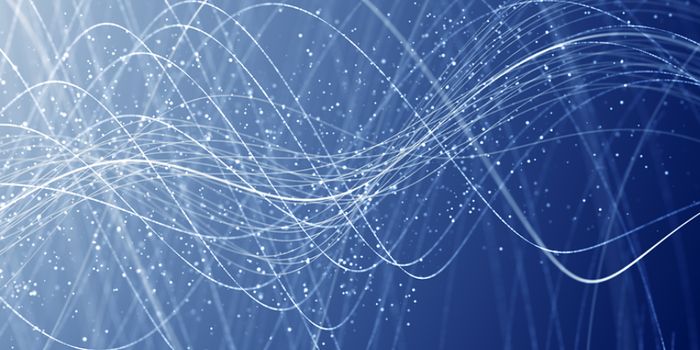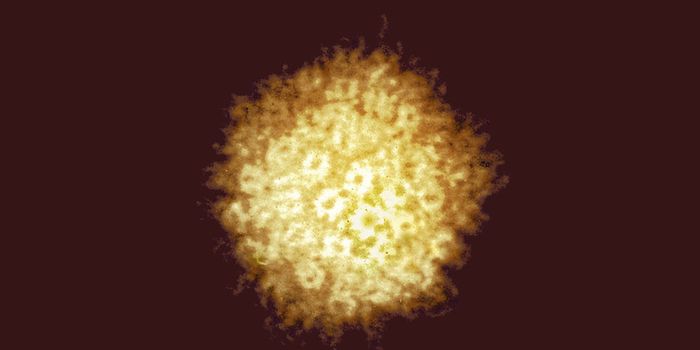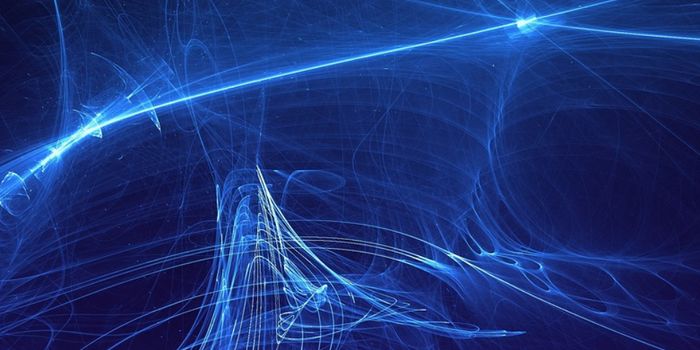Fresh Insights Into the Inner Membrane of the Mitochondria
Structures called mitochondria are crucial for life; these small powerhouses generate energy for cells, and have an inner and outer membrane. Scientists have now learned more about these ancient organelles. It had been thought that the physical structure of the membrane inside of mitochondria remained static. However, new research has suggested that the inner membranes of mitochondria are dynamic, and can change their conformation to meet a cell’s energy needs. The findings have been published in EMBO Reports.
"In our opinion, this finding fundamentally changes the way our cellular power plants work and will probably change the textbooks," said Professor Dr. Andreas Reichert, of the Institute of Biochemistry and Molecular Biology at the Heinrich Heine University Düsseldorf (HHU).
Mitochondria help convert food that is consumed into a molecule that acts as a kind of fuel for biological processes, ATP. An average human adult generates about 75 kilograms of ATP per day, which means one ATP molecule is made around 20,000 times daily. All of those ATP molecules help keep the chemical reactions in an organism going.
The folded inner membrane of the mitochondria, the folds are called cristae, is where all of that ATP synthesis takes place. These folds ensure that only specific proteins can get through. Those proteins help generate ATP. It had been assumed that a fixed cristae structure was necessary to produce ATP.
In this work, researchers at HHU worked with scientists at UCLA to show that in live cells, inside of the mitochondria, the cristae can alter their form within seconds. These membrane dynamics need a protein complex that has recently been identified, called MICOS. When this complex is not functioning properly, very serious diseases can result, including a type of mitochondrial encephalopathy and Parkinson’s.
"Our now published observations lead to the model that cristae, after membrane fission, can exist for a short time as isolated vesicles within mitochondria and then re-fuse with the inner membrane. This enables an optimal and extremely rapid adaptation to the energetic requirements in a cell," explained Prof. Andreas Reichert.
Sources: AAAS/Eurekalert! via HHU, EMBO Reports








